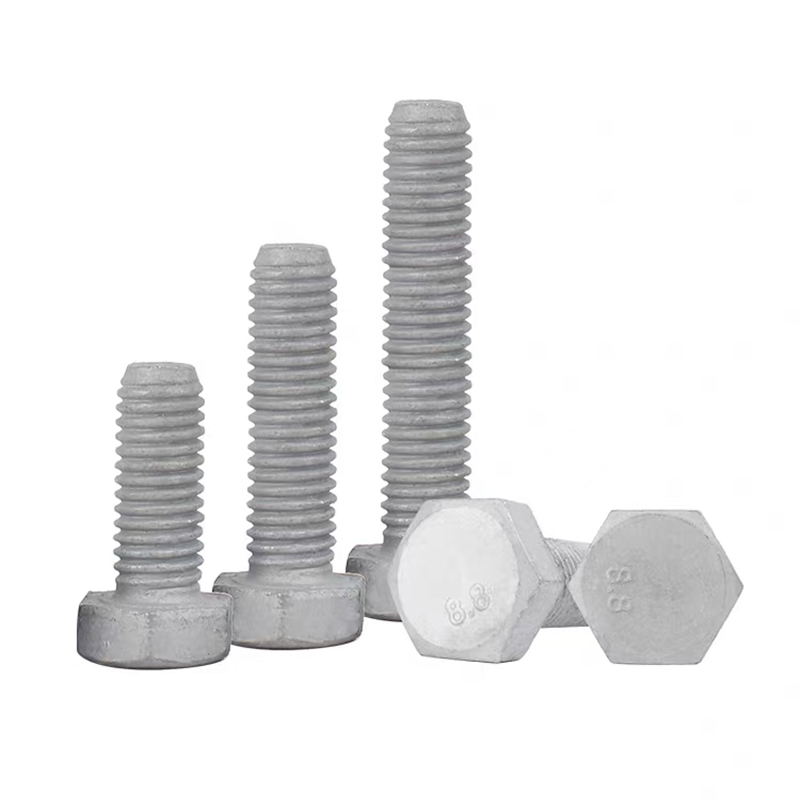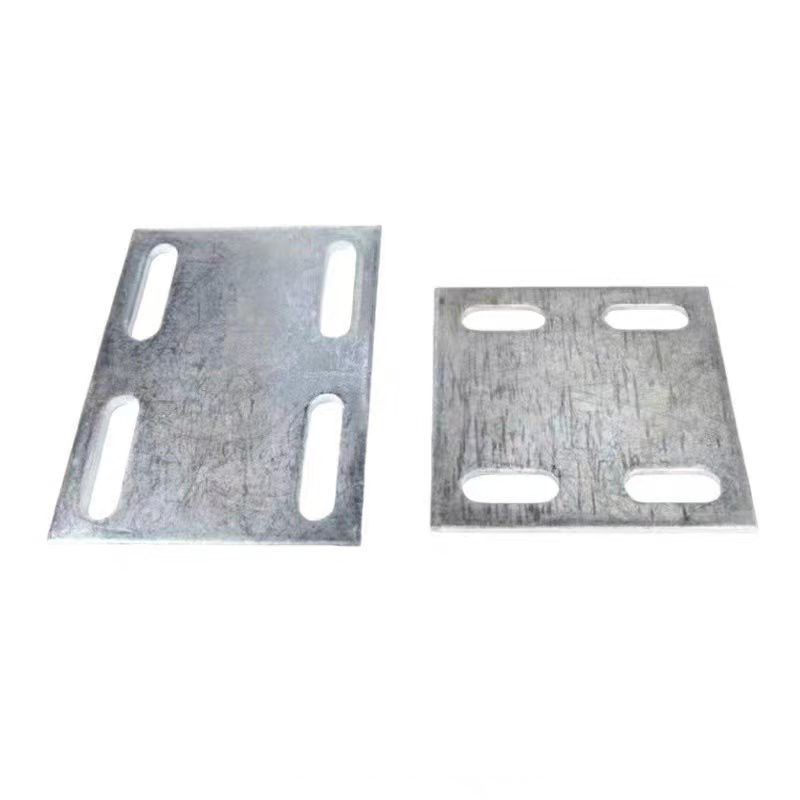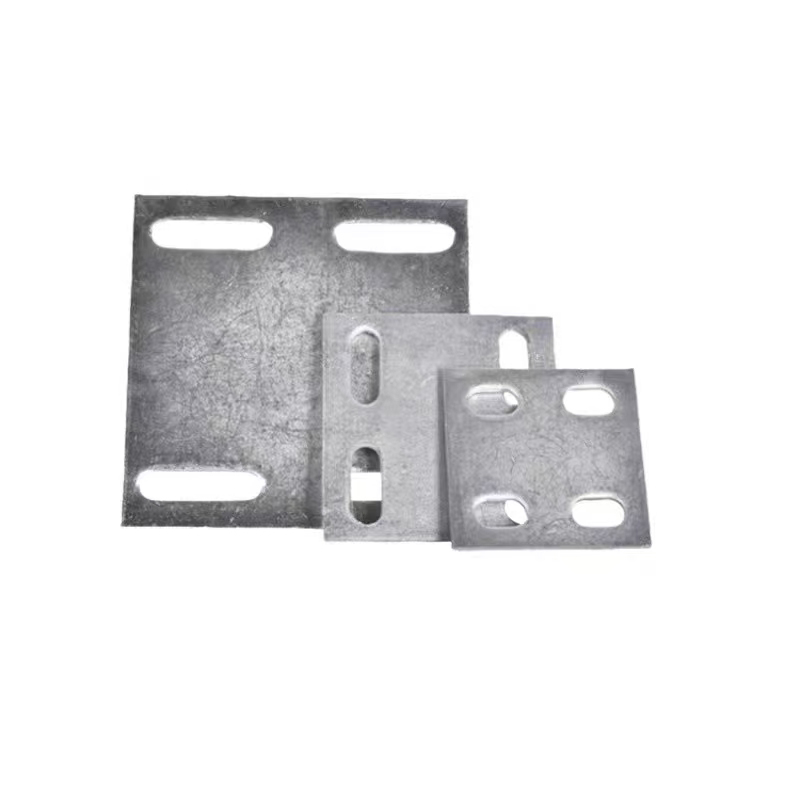- Chinese
- French
- German
- Portuguese
- Spanish
- Russian
- Japanese
- Korean
- Arabic
- Irish
- Greek
- Turkish
- Italian
- Danish
- Romanian
- Indonesian
- Czech
- Afrikaans
- Swedish
- Polish
- Basque
- Catalan
- Esperanto
- Hindi
- Lao
- Albanian
- Amharic
- Armenian
- Azerbaijani
- Belarusian
- Bengali
- Bosnian
- Bulgarian
- Cebuano
- Chichewa
- Corsican
- Croatian
- Dutch
- Estonian
- Filipino
- Finnish
- Frisian
- Galician
- Georgian
- Gujarati
- Haitian
- Hausa
- Hawaiian
- Hebrew
- Hmong
- Hungarian
- Icelandic
- Igbo
- Javanese
- Kannada
- Kazakh
- Khmer
- Kurdish
- Kyrgyz
- Latin
- Latvian
- Lithuanian
- Luxembou..
- Macedonian
- Malagasy
- Malay
- Malayalam
- Maltese
- Maori
- Marathi
- Mongolian
- Burmese
- Nepali
- Norwegian
- Pashto
- Persian
- Punjabi
- Serbian
- Sesotho
- Sinhala
- Slovak
- Slovenian
- Somali
- Samoan
- Scots Gaelic
- Shona
- Sindhi
- Sundanese
- Swahili
- Tajik
- Tamil
- Telugu
- Thai
- Ukrainian
- Urdu
- Uzbek
- Vietnamese
- Welsh
- Xhosa
- Yiddish
- Yoruba
- Zulu
- Kinyarwanda
- Tatar
- Oriya
- Turkmen
- Uyghur

China nut doesn t fit bolt
Why Does the China Nut Not Fit the Bolt?
Every engineer has faced the frustration when a nut refuses to fit its bolt, and it happens more often than you might think, even in places like China, known for its expansive manufacturing base. So, what gives? Is it just poor quality, or is there more to it?
Understanding the Issue
Many assume that when a nut doesn’t fit a bolt, it's purely a quality control issue. However, in my experience, the problem often stems from mismatched standards. There are different manufacturing standards across countries, and China’s fasteners may follow different threading standards. This isn't an isolated problem. I've witnessed this firsthand during an overseas project where Chinese components were integrated with European machinery. Despite the meticulous planning, several nuts simply refused to cooperate.
The common culprits are often variations between the metric system and the Imperial system. China predominantly uses metric while the U.S. and other countries might use Imperial. This can lead to minor discrepancies that cause major headaches. Imagine sourcing components from a reliable supplier like Handan Zitai Fastener Manufacturing Co., Ltd., only to realize a tiny oversight in specifications throws everything off.
I recall a project supervisor muttering exasperatedly, These tiny differences don't sound much, but add them up, and you're in for some serious late nights at the workshop. It’s that real-world experience that highlights the importance of double-checking those specs, especially when working in international waters.
The Role of Quality Control
Quality control in fastener manufacturing is vital, not just for ensuring dimensions, but also for material consistency. Handan Zitai Fastener Manufacturing Co., Ltd., for instance, maintains rigorous standards to minimize these issues. Located in Yongnian District, Handan City, known as China's largest standard part production base, they focus on delivering precision. But even top-tier quality control can't account for oversight in specification matching.
I've walked through their factory floor, observing the various quality checks, from thread verification tools to material hardness testers. The technology is impressive, yet human oversight remains a critical component. Engineers must remain vigilant and confirm that the correct standards are communicated right from the project’s conception phase.
However, it's crucial to note that the fault doesn't always land on the manufacturing side. Project miscommunications, translation errors, or simple human mistakes can set a team back for days. It's a shared responsibility.
Last-Minute Solutions
Let's say you've found yourself in this bind—what’s the quick fix? Well, one reliable approach I've learned is to seek localized solutions. Carefully source a compatible replacement locally, if time allows, rather than forcing a fit. Altering one piece to force compatibility can lead to structural vulnerabilities.
If local sourcing isn't an option, custom machining is a pathway. Companies, especially those with their own workshop facilities, have the capability to rethread or adjust components. It’s a short-term fix, but viable.
Another stop-gap can be the introduction of thread-lockers or sealants to compensate for minute mismatches. However, this should only be a temporary measure, as it’s not suitable for high-stress applications.
Preventive Measures
The best solution is always prevention. I've learned that documenting and communicating project specifications can save mountains of effort. A precise explanation during initial meetings, emphasizing the criticality of adherence to standards, can avert problems later on.
A frequent dialogue with suppliers like Handan Zitai Fastener Manufacturing Co., Ltd., especially early in the process, ensures that all parties are aligned. Their proximity to transport routes like the Beijing-Guangzhou Railway offers logistical ease, but that’s no substitute for meticulous pre-planning.
In essence, while the China nut doesn't fit the bolt scenario is frustrating, it’s usually a symptom of broader coordination problems rather than manufacturing failures. As I’ve discovered, it’s a matter of strategy, planning, and reliable communication with trusted suppliers.
The Bigger Picture
It's tempting to blame the components themselves, but as I often remind younger engineers, the China nut doesn’t fit the bolt isn’t a tale of quality but of comprehensive system integration. These are lessons learned in the trenches, where every millimeter counts.
The next time you're faced with this issue, take a moment to revisit both the big picture and the minute details alike. It’s about fitting pieces together in the grander scheme of engineering challenges.
The dialogues with suppliers, like those at Handan Zitai Fastener Manufacturing Co., Ltd. via their platform at https://www.zitaifasteners.com, can give valuable insights to bridge these gaps and turn potential failures into learning experiences.
Related products
Related products
Best selling products
Best selling products-
 Umbrella handle anchor (J-type anchor bolt/umbrella handle embedded bolt)
Umbrella handle anchor (J-type anchor bolt/umbrella handle embedded bolt) -
 U-bolts
U-bolts -
 Hot-dip galvanized hexagonal bolts
Hot-dip galvanized hexagonal bolts -
 Electrogalvanized cross countersunk drill thread
Electrogalvanized cross countersunk drill thread -
 Electroplated galvanized gaskets
Electroplated galvanized gaskets -
 Hexagon socket hot-dip galvanized bolts
Hexagon socket hot-dip galvanized bolts -
 Electrogalvanized embedded plate
Electrogalvanized embedded plate -
 T-bolt (T-slot bolt)
T-bolt (T-slot bolt) -
 Hot-dip galvanized embedded plate
Hot-dip galvanized embedded plate -
 Hexagon socket electrogalvanized bolts
Hexagon socket electrogalvanized bolts -
 Black zinc plated countersunk cross bolts
Black zinc plated countersunk cross bolts -
 Colored zinc plated countersunk cross bolts
Colored zinc plated countersunk cross bolts












